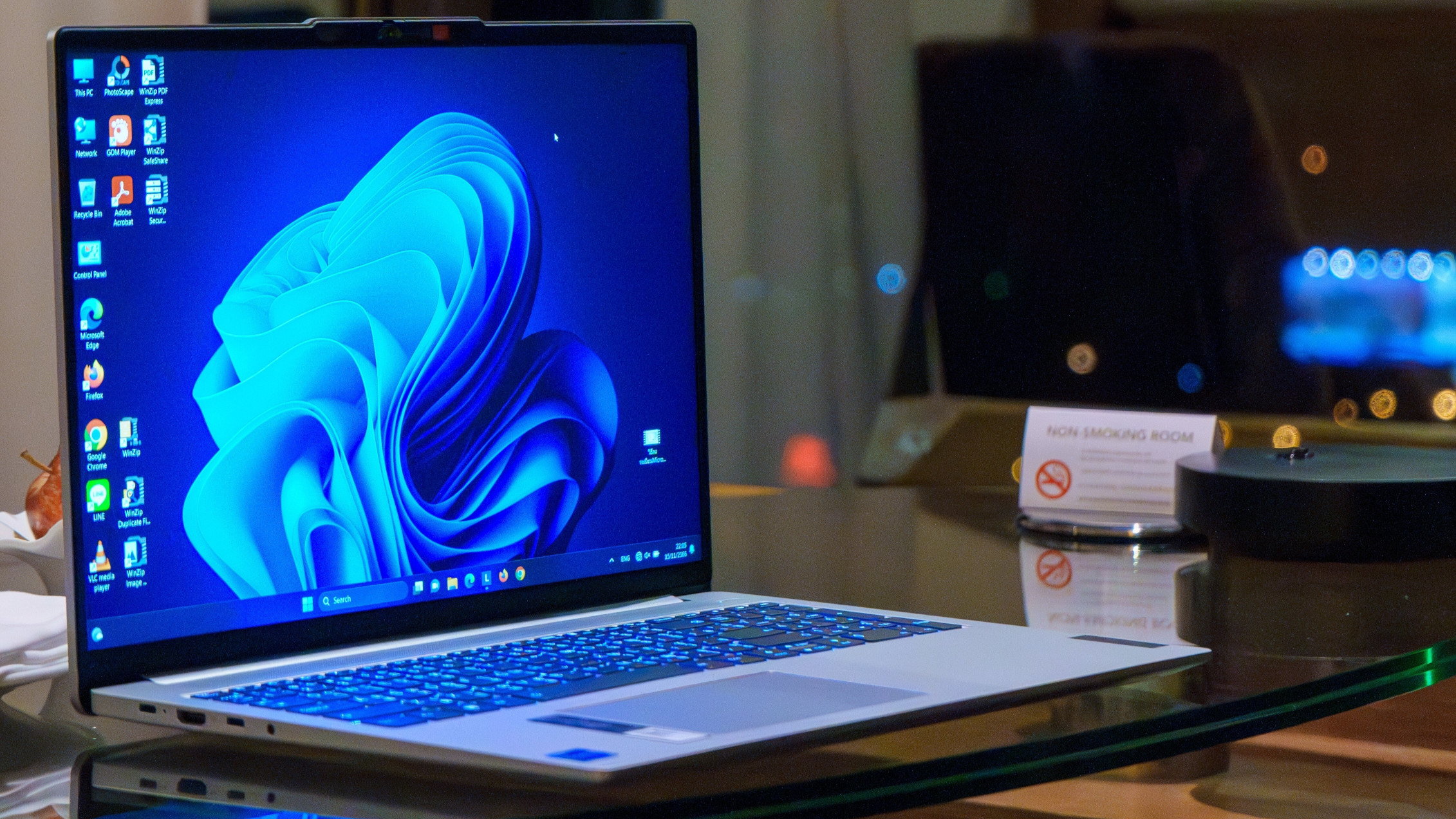Windows 11 gains momentum with over 35% market share as Microsoft pushes for upgrades — Windows 10 still has the stronghold on the PC market
Windows 10 is still the dominating operating system with over 60% market share.

Windows 11 continues to grow slowly yet steadily, as its market share climbed to 35.58% in October 2024. This near 3% increase marks continued adoption since its release, with Windows 10 still dominating around 61% of the Windows market.
Analysts attribute Windows 11’s growth to multiple factors, including Microsoft’s recent push for users to upgrade, ongoing support for the latest hardware optimizations, and enhanced security features designed for modern computing demands.
With Microsoft expanding Windows 11’s availability through new devices and encouraging upgrades, the uptick reflects consumer and enterprise adaptation. Businesses are increasingly adopting Windows 11, especially with Microsoft’s enhanced security promises, such as secure boot, virtualization-based security (VBS), and improved credential protections, which appeal to organizations prioritizing cybersecurity. Windows 11’s gaming and productivity improvements, such as DirectStorage and UI updates, are also significant drivers for home users and gamers.
Despite the progress, Windows 10 remains the most popular version due to its stability, wider hardware compatibility, and extended support until 2025. Many users and enterprises are still cautious about upgrading, often citing compatibility and operational consistency as reasons for sticking with Windows 10.
A few days ago, Microsoft announced an Extended Security Updates (ESU) subscription to keep Windows 10 PCs secure for $30 per year. This program enables users to receive essential monthly security patches once official support for Windows 10 ends in October 2025. This potentially ensures that systems remain protected from evolving cyber threats, and unlike previous ESU offerings limited to commercial clients, this new subscription will also include consumers on personal devices.
Hopefully, Microsoft’s efforts to improve Windows 11’s performance and security features could further increase adoption in the coming year. As new features roll out, including enhanced AI capabilities and task automation, Windows 11’s appeal may continue to expand, potentially accelerating its adoption rate. However, convincing the substantial base of Windows 10 users to migrate remains a challenge, especially for those with older hardware that doesn’t meet Windows 11’s stringent system requirements.
Get Tom's Hardware's best news and in-depth reviews, straight to your inbox.

Kunal Khullar is a contributing writer at Tom’s Hardware. He is a long time technology journalist and reviewer specializing in PC components and peripherals, and welcomes any and every question around building a PC.
-
sadsteve Well, the Windows 11 incompatible computers I have will become Linux boxes once EoS occurs. There's nothing that they do that requires Windows. My main machine runs Linux already and the only reason I have a Windows 11 VM is to play games that won't work under Linux yet, TurboTax and Affinity Photo (I really dislike Gimp!).Reply -
DS426 Reply
TurboTax still offers a non-web version??sadsteve said:Well, the Windows 11 incompatible computers I have will become Linux boxes once EoS occurs. There's nothing that they do that requires Windows. My main machine runs Linux already and the only reason I have a Windows 11 VM is to play games that won't work under Linux yet, TurboTax and Affinity Photo (I really dislike Gimp!). -
sjkpublic Windows 24H2 is still green. The storage cleanup feature is broken. And the new virtualization based security presents new challenages. It would be nice to create an OS that does not include so many kluges to satisfy 3rd parties.Reply -
niftybottle I mean, the reason I don’t want to “upgrade” my computers is Windows 11 is functionally adware. It’s been a trend, but 11 really kicks it into high drive. Once upon a time, “decrapifying” was a process you used on bloat manufacturers put in, not coming from Windows itself.Reply -
Stomx Looking back I find absolutely no single compelling reason to upgrade from either Windows year around 2000 or Linux of approximately same years. Just the screensavers were changing all these years and the performance +/- 0.1%. Any noticeably performance gains i have really seen only from upgrading of my hardware.Reply
I have no idea why Windows still exists and why it is not free like many other OSes. As to enterprise - how many Windows supercomputers are left today in the Top500 list? One? Still somehow ones per decade Windows succeeds to pocket $10-100 "tax" from probably every second living human creature on the Earth.
Respect to Linux -- the life clearly showed all its distros on the Android example what it really means to write good friendly super-stable OS which stands billion users with 1000 apps in each device and do not disintegrate for years and decades.
On our next OS we should login in just few seconds and even do not know if this this is Windows or Linux or Android or iOS. All apps just work. This is approximately how WINE on Linux works right now emulating Windows (including playing Windows games there) -
sjkpublic Reply
Sad how MS takes advantange of personal information. The EU used to have laws in this regard. Do they still enforce them? Can you use the EU version to have some modicum of privacy?niftybottle said:I mean, the reason I don’t want to “upgrade” my computers is Windows 11 is functionally adware. It’s been a trend, but 11 really kicks it into high drive. Once upon a time, “decrapifying” was a process you used on bloat manufacturers put in, not coming from Windows itself. -
Coopernet Why upgrade to a more complex, buggy O/S for a huge cost when all the functions I require are available in Windows 10? MS is pushing to lease the O/S for regular income, and adding thousands of functions I, as a home user, will never require.Reply -
ArcaOS (Somewhat modernized version of OS/2) is looking good as a Windows replacement as well. I was a big time OS/2 proponent back in the days before Windows 9x rolled over everything.Reply